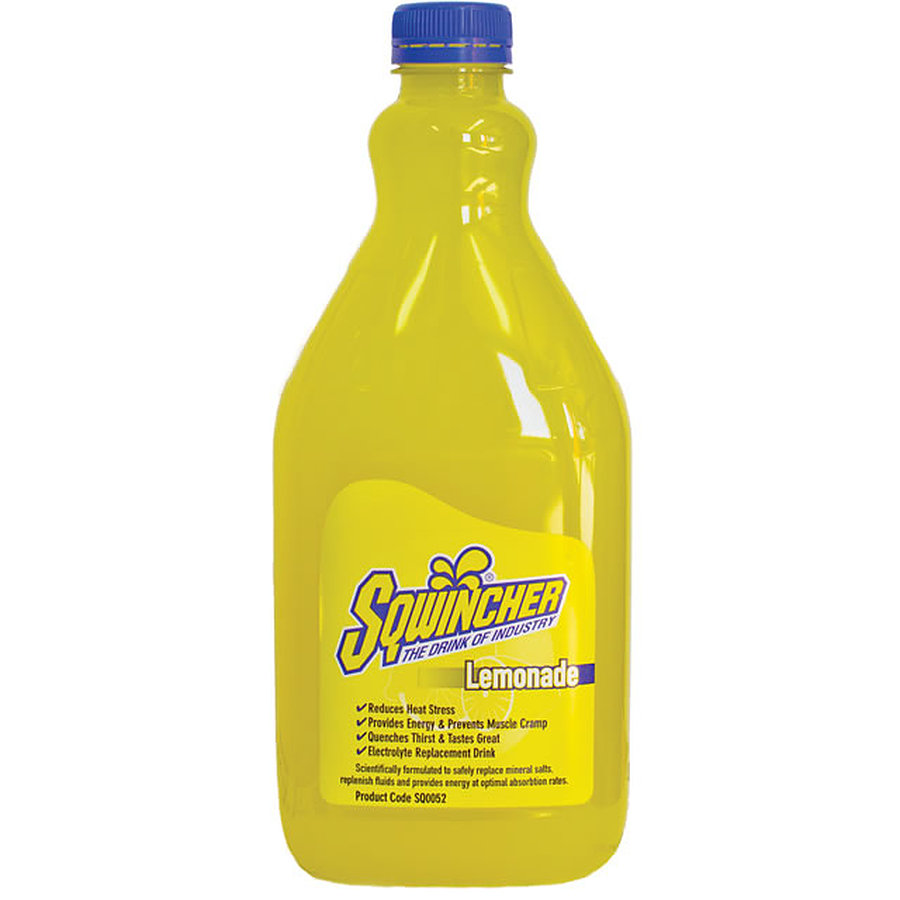

Laboratories 1, 2, 3 and 6 are part of the research community ‘PhageBiotics’, supported by the FWO Vlaanderen. Selection and initial characterisation of the phages was financed by INTAS project 6610. This work was partially supported by the research council of the K.U.Leuven (OT/05/47) and grant WB15 of the Royal High Institute for Defence (RHID). This is an open-access article distributed under the terms of the Creative Commons Attribution License, which permits unrestricted use, distribution, and reproduction in any medium, provided the original author and source are credited.įunding: MM, JPP, GiV, LVP, GuV, PDC, TR, SJ, MZ and DDV were financially supported by the Belgian Ministry of Defence. Received: NovemAccepted: FebruPublished: March 20, 2009Ĭopyright: © 2009 Merabishvili et al. Ojcius, University of California Merced, United States of America (2009) Quality-Controlled Small-Scale Production of a Well-Defined Bacteriophage Cocktail for Use in Human Clinical Trials. The bacteriophage cocktail is currently being evaluated in a pilot clinical study cleared by a leading Medical Ethical Committee.Ĭitation: Merabishvili M, Pirnay J-P, Verbeken G, Chanishvili N, Tediashvili M, Lashkhi N, et al. Bacteriophage genome and proteome analysis confirmed the lytic nature of the bacteriophages, the absence of toxin-coding genes and showed that the selected phages 14/1, PNM and ISP are close relatives of respectively F8, φKMV and phage G1. Quality control included Stability (shelf life), determination of pyrogenicity, sterility and cytotoxicity, confirmation of the absence of temperate bacteriophages and transmission electron microscopy-based confirmation of the presence of the expected virion morphologic particles as well as of their specific interaction with the target bacteria. aureus phage ISP ( Myoviridae) was produced and purified of endotoxin. aeruginosa phages 14/1 ( Myoviridae) and PNM ( Podoviridae) and S. aureus strains in the Burn Centre of the Queen Astrid Military Hospital in Brussels, Belgium. aureus bacteriophages, specific for prevalent P. Based on succesive selection rounds three bacteriophages were retained from an initial pool of 82 P. We describe the small-scale, laboratory-based, production and quality control of a cocktail, consisting of exclusively lytic bacteriophages, designed for the treatment of Pseudomonas aeruginosa and Staphylococcus aureus infections in burn wound patients.


 0 kommentar(er)
0 kommentar(er)
